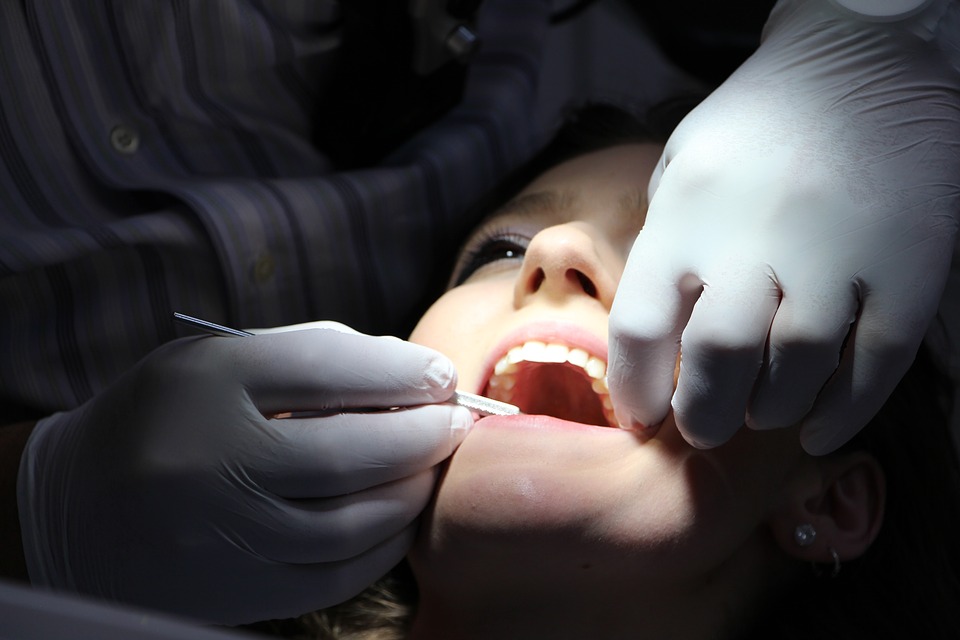Whether it’s the whir of the dentist’s drill or the idea of that giant needle heading toward their gums, plenty of people are afraid to see the dentist. That phobia can be so intense, getting some patients to come in for even just a checkup is like pulling teeth.
In fact, according to Drs. Daniel McNeil and Cameron Randall in their 2014 book, “Behavioral Dentistry,” nearly half of all American adults harbor at least moderate levels of dentistry-related fear. As many as 10 percent of them report avoiding the dentist as a result.
But you might be surprised how many strategies your dentist takes to not only get you in the door, but also put you at ease before and after you sit in that dreaded reclining chair.
Yes, believe it or not, you dentist is psyching you out, and you might not even know it. Even so, we’re all better for it. Want to know what tricks the Doc might be playing on you for your own benefit? Read on to find out
Iatrosedation is designed to calm you down.
Your dentist is well aware of your fear. According to dentist Nathan Friedman, a recent survey of dentists found 57 percent cited the “difficult patient” as the most stressful factor in their practice.
One way dentist try to ease your mind is through iatrosedation. The fancy term is just a way of saying your dentist calms you through his or her own behavior. If the dentist is calm, that demeaner can help calm the patient.
Of course, iatrosedation isn’t limited to a doctor’s demeanor. Dentists are trained to ask anxious patients questions to isolate and identify their fear before calmly explaining the diagnosis and treatment plan.
The dentist then can help the patient explore exactly what dangers they fear and try to put those fears at ease. Eliminating the fear of the unknown is a powerful tool.
It’s not his favorite show, and she isn’t really a fish enthusiast.
Have you noticed that most dentists have televisions in every exam and procedure room? It’s not because your doctor wants to see what Dr. Phil has to say or watch a favorite soap.
The television helps distract the patient from whatever else is currently happening during their appointment. Instead of focusing on their fears and anxieties, patients can think about the program playing in front of them. Some dental practices have even begun using Virtual-Reality headsets to provide visual and audio distractions.
Those distractions begin before a patient is called back to the chair, however. Does your dental office have an aquarium or vivid art in the waiting room?
That’s because your dentist knows that anxiety can build during a patient’s wait to levels so high they can only be overcome pharmaceutically. It’s much easier to distract than to drug.
Those questions when your mouth is open are probably hypothetical.
Do you wonder why your dentist keeps asking your questions when your mouth is wide open with an instrument or gauze inside of it? Truth is, you’re not really expected to answer.
“It’s a distraction mechanism for the patient,” one dentist told Mental Floss. “Otherwise, they’re focusing on every little poke or prod and worried we’re finding something wrong.”
You really are getting an injection, and it might actually hurt.
Dentists know it’s important to set realistic expectations, but have you ever heard one say, “this is going to hurt a lot?” Doubtful.
At the same time, a good dentist won’t outright lie to the patient, either. Would you trust a dentist who promises you’ll feel no pain before a shot or extraction? Dentists must, therefore, walk a fine line between honesty and positivity.
So, when you dentist says you’ll feel a pinch or a little pressure, you can probably expect a higher level of discomfort, but word choice is just another way to put patients at ease.
Red-bag marketing keeps you coming back.
So, we know some of the ways dentists psych patients out to help ease their minds while at the clinic. But what about getting them to come back – or come through the door to begin with?
Sean D’Souza, best-selling author of “The Brain Audit,” explains that dentists can market their practice online through a process he calls, “Red-bag marketing.”
D’Souza explains the process by comparing to a baggage carousel. Travelers must pick up all their bags before departing the airport. In the case of dental marketing, the seven red bags include:
1. Target profile.
2. Problem.
3. Solution.
4. Objections.
5. Testimonials (reverse).
6. Risk reversal.
7. Uniqueness.
Dentists can attract new patients by applying the bags to their advertising and website.
According to D’Souza, 99 percent of dental practice marketing is too “sugary” and unrealistic to most prospective patients. If they don’t believe it, they aren’t likely to trust the dentist enough to make an appointment.
If any of the seven bags are left behind, prospective patients are likely to find a different dentist.


